In an emergency, when your usual water supply is compromised and you don’t have a good backup, you’ll ask yourself if swimming pool water is safe to drink. The quick answer is, unless you have no other option, do not drink pool water, and even then, only when you’ve treated it to make it safe.
Your pool holds a large volume of water, but it is treated with chemicals like chlorine to prevent algae and bacteria growth that makes it unsafe for consumption.
Drinking small quantities of water from a swimming pool is unlikely to cause harm due to the low concentration of chemicals. However, it is not advisable for swimming pool water to be your primary source of hydration during an emergency. Although pool water is clear, it is not the same as drinking water due to the chemical content.
What’s In Water From Swimming Pools?

Before considering the use of water from a pool as an emergency water supply, you need to understand its composition, which includes various chemical properties, potential biological contaminants, and its physical characteristics. You also have to consider the unpalatability and danger of water from salt water pools.
Chemicals
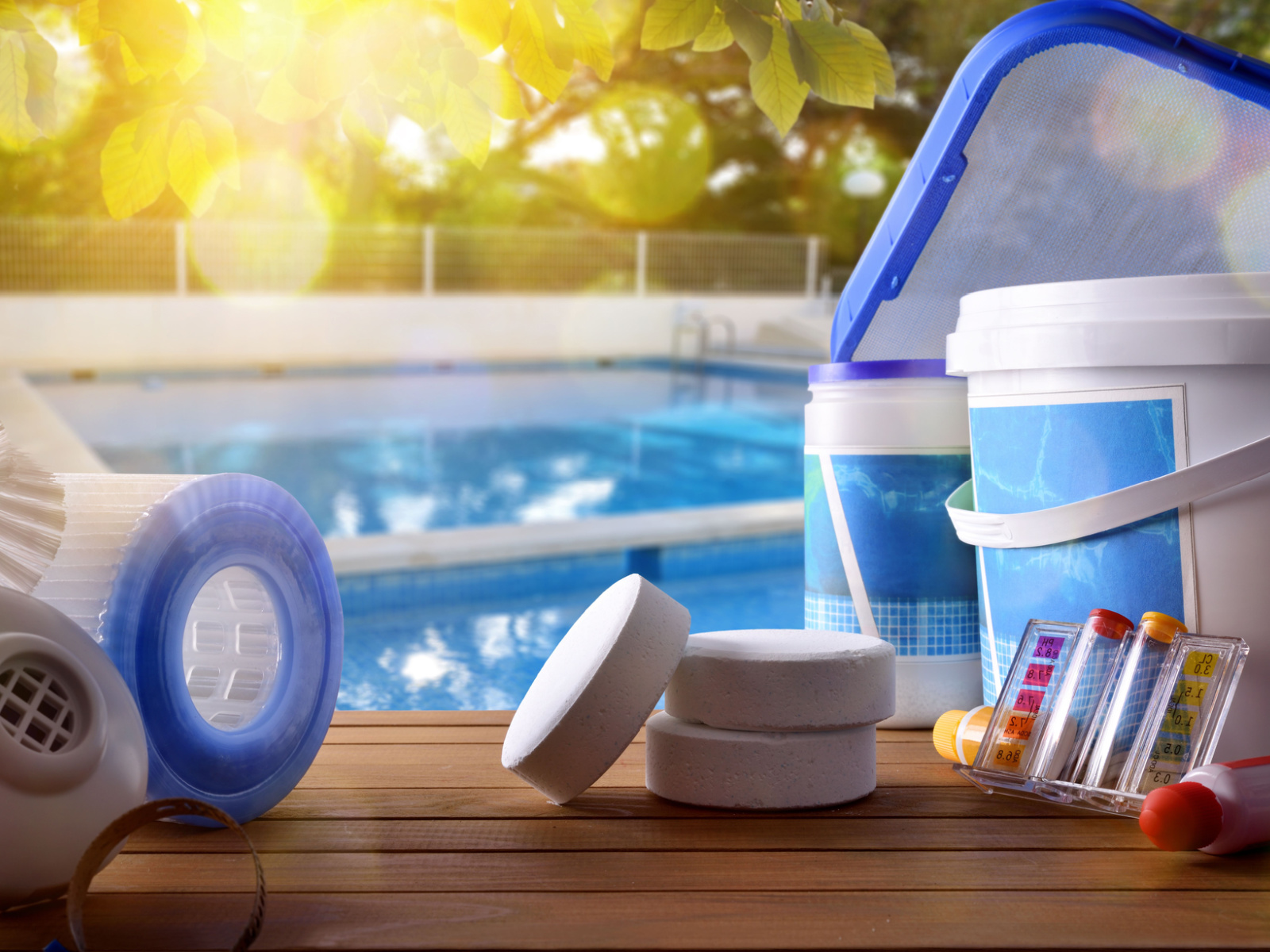
Swimming pool water contains chlorine or bromide as disinfectants to kill harmful microorganisms. These chemicals are essential for maintaining pool hygiene but can be harmful if ingested in high quantities.
Cyanuric acid is often present as a stabilizer for chlorine, helping to protect it from rapid degradation due to UV light. Some pools use a salt system that generates chlorine through electrolysis. It’s essential to note that levels of these chemicals are usually high in pool water compared to drinking water standards.
Biological Contaminants
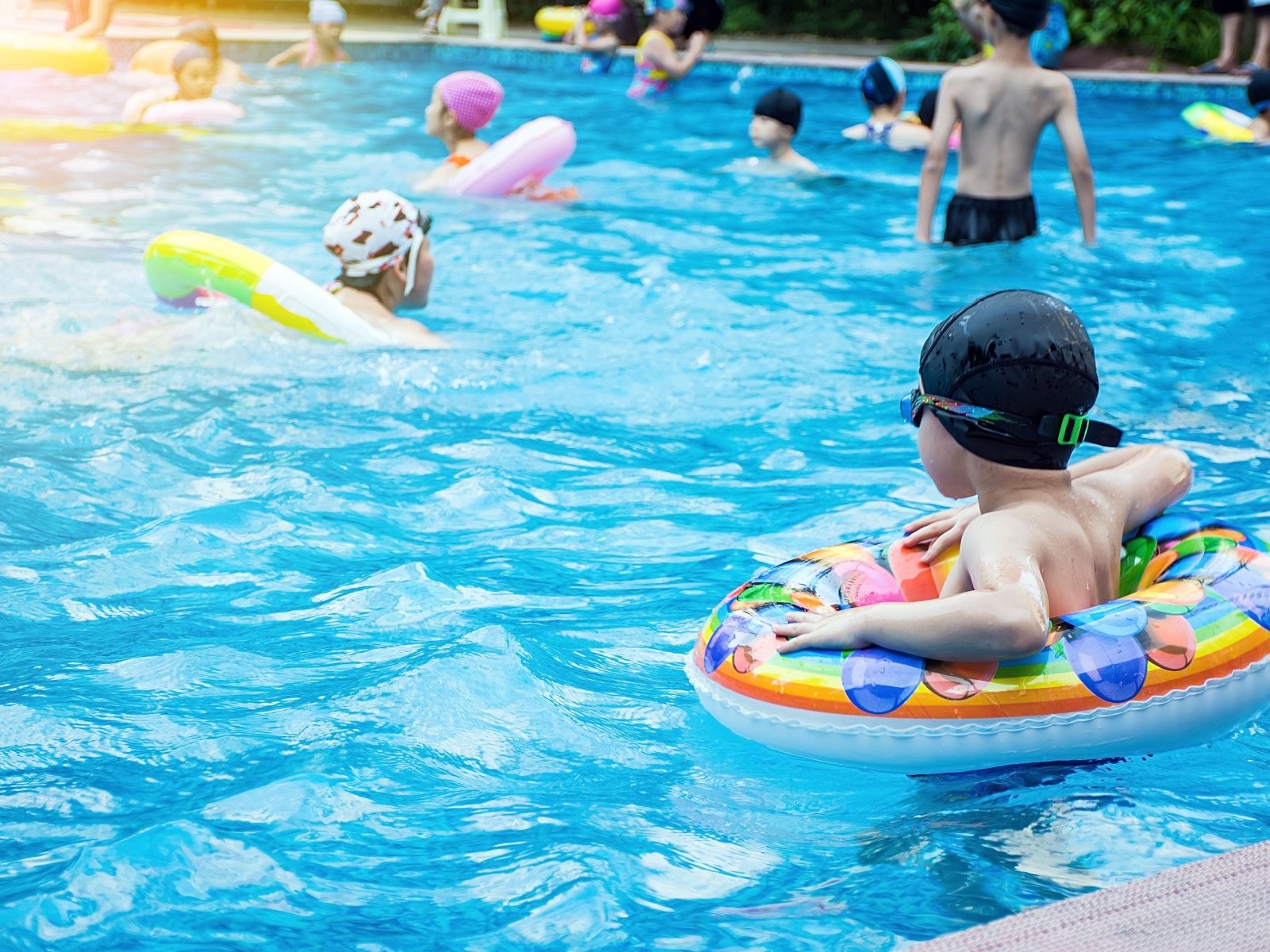
Despite chemical treatment, alongside the harsh chemicals, the water in swimming pools may still harbor bacteria, viruses, human skin cells, animal waste, fecal matter, and other contaminants, even with a good water filter in place.
The efficacy of chlorine can be reduced by ammonia from sweat or urine, leading to the formation of chloramines, which can be less effective at disinfection. Your risk of exposure to pathogens increases if the pool is not properly maintained. And if it’s a pool shared by lots of people, you’re looking at a very unpleasant “people soup”. Gross.
Physical Characteristics
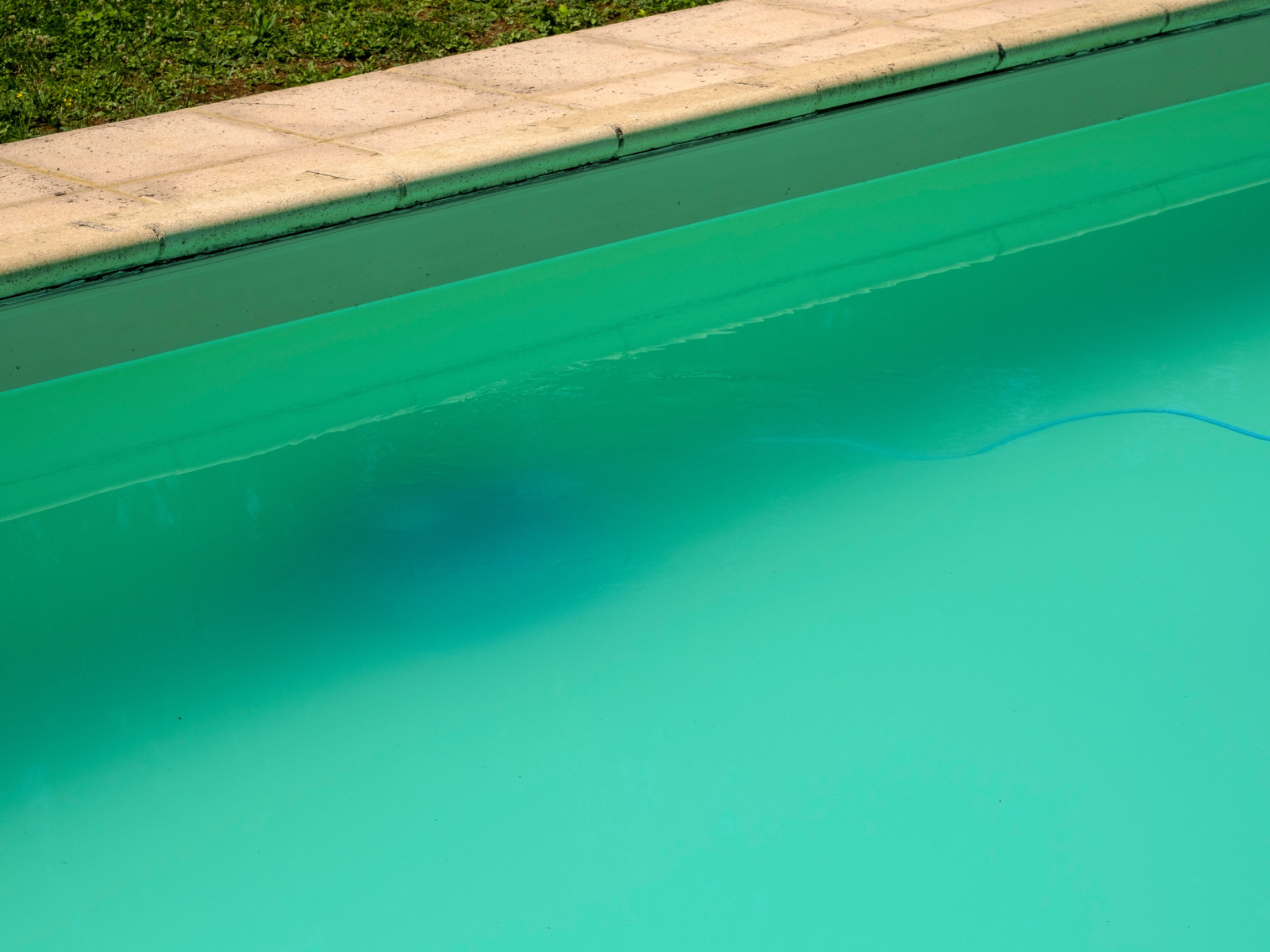
The physical characteristics of pool water—such as its clarity, color, and smell—are influenced by its chemical and biological makeup.
For instance, clear water indicates effective filtration and proper chemical balance, while cloudy water can signal the presence of fine particles or microorganisms. An unusual odor may suggest an imbalance of chemicals, possibly due to contaminants.
Health Risks of Drinking Pool Water
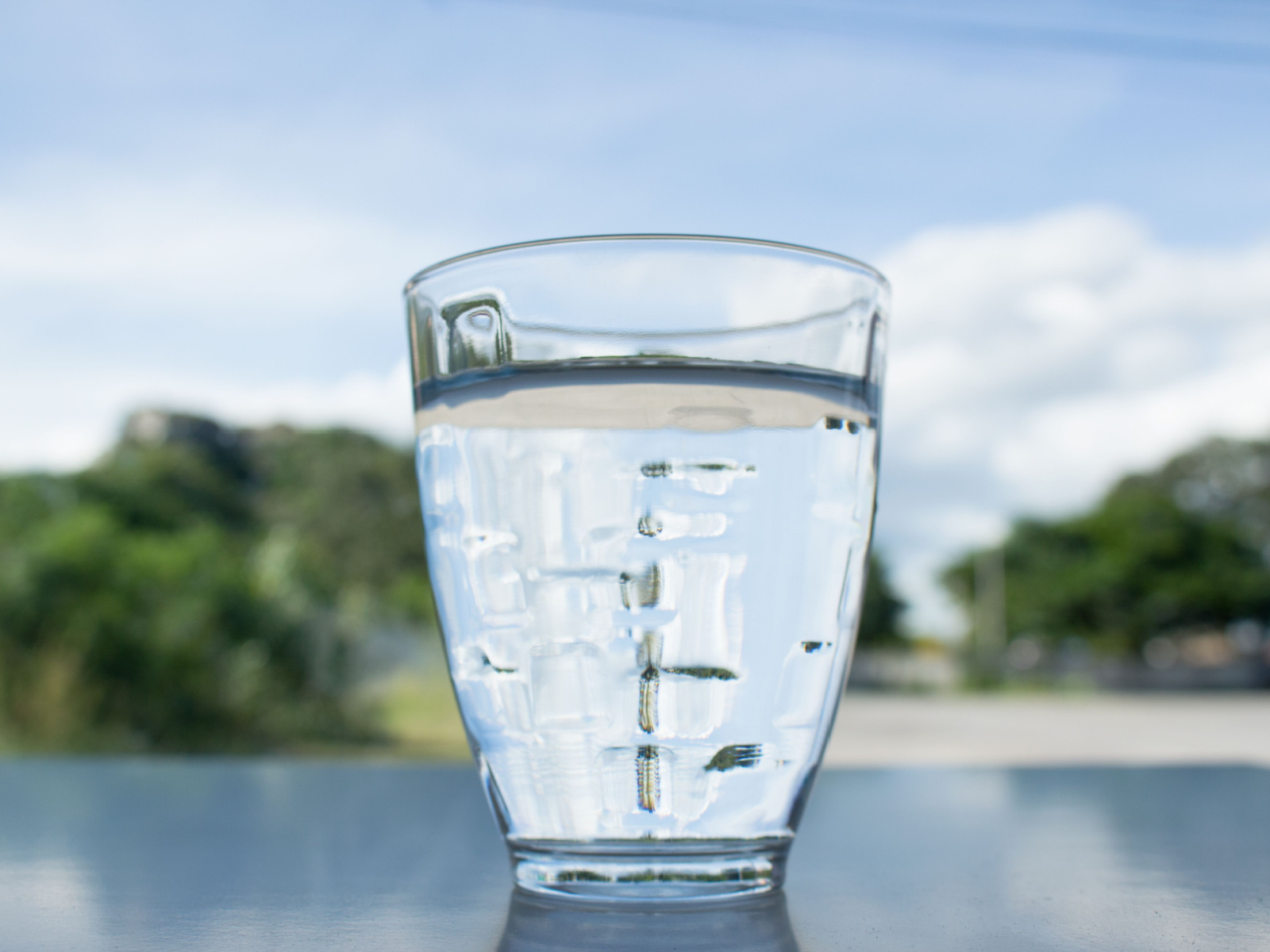
In an emergency, you might be considering drinking water from a swimming pool, but it’s critical to understand the health risks involved. Water in most pools contains hypochlorous acid and other chemicals, as well as potential contaminants that can pose serious health risks if consumed. So between the chemicals and all the germs, pools don’t make a good drinking water source.
Chemical Exposure
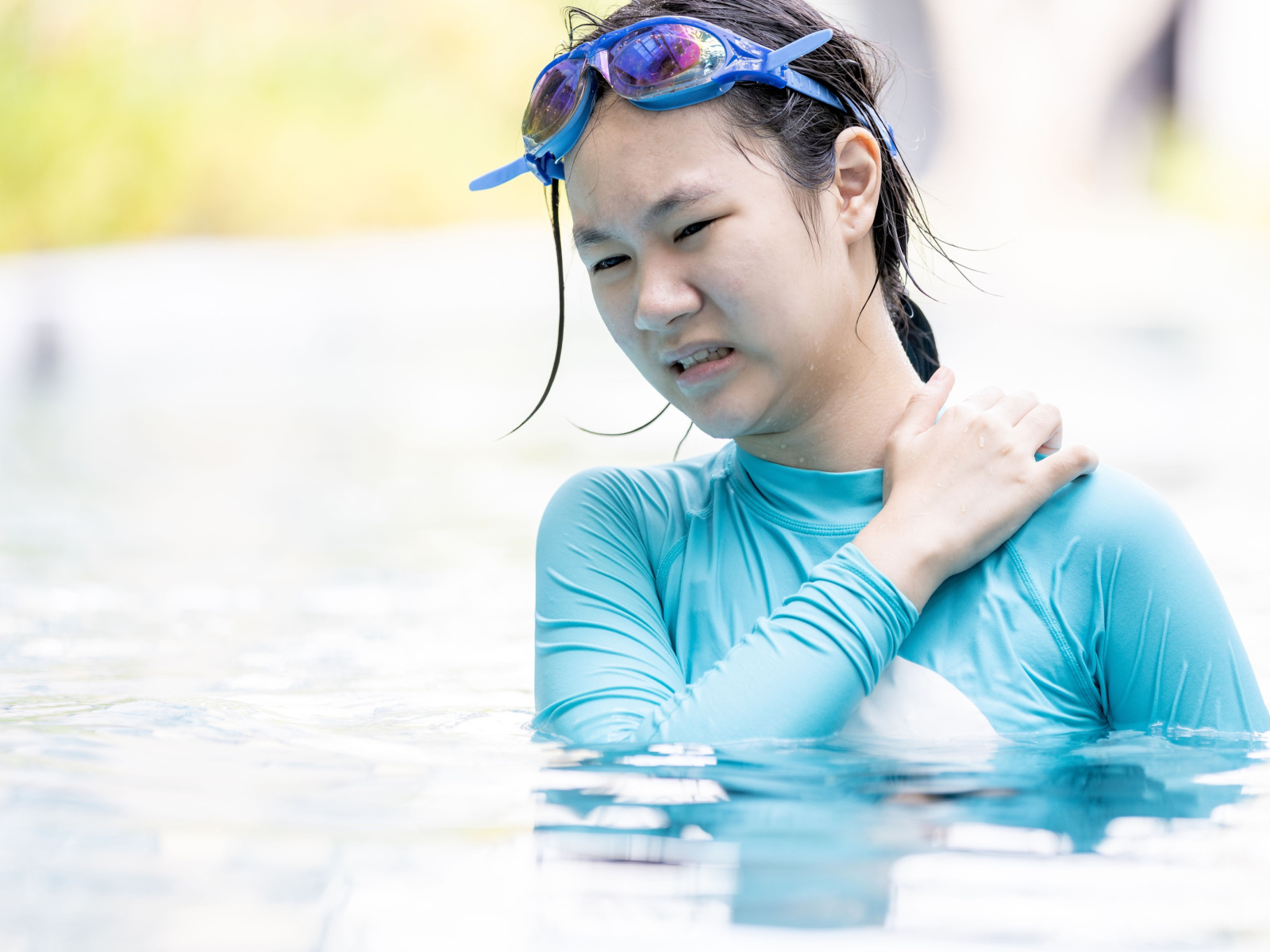
Your risk of chemical exposure increases with the consumption of swimming pool water. Pool water is often treated with chlorine to kill germs, but the interaction between chlorine and organic matter, such as skin cells and body oils, can form chloramines.
Consuming water with high levels of chloramines can lead to respiratory issues and irritate your skin and eyes. Additionally, cyanuric acid is commonly used in pools to stabilize chlorine levels; however, it can be harmful if ingested in large amounts.
- Harmful Chemicals: Common pool chemicals like chlorine can transform into toxic compounds.
- Cyanuric Acid: Stabilizes chlorine but can become hazardous in excessive concentrations.
Waterborne Pathogens
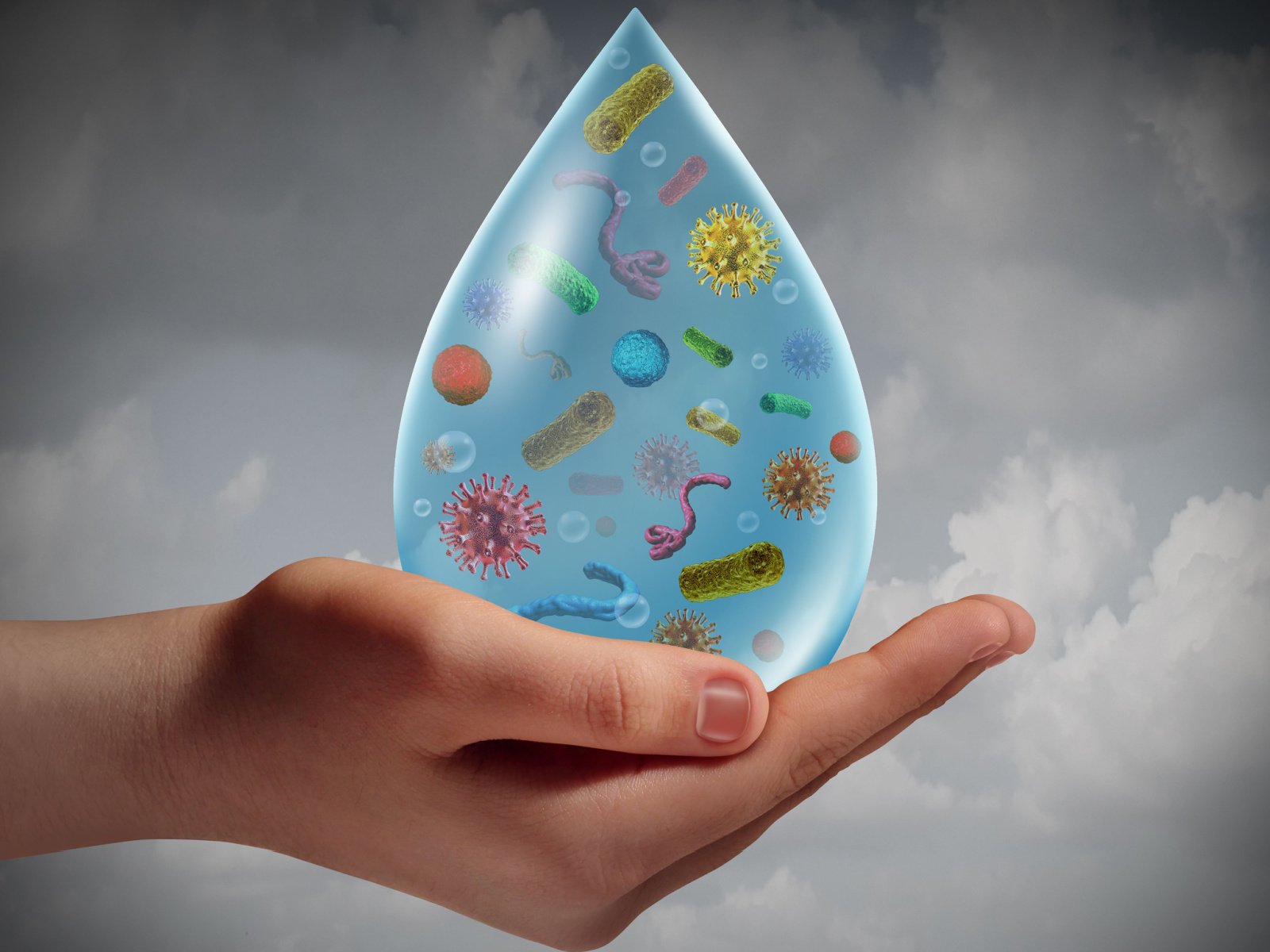
Despite chemical treatment, pools can still harbor waterborne pathogens such as giardia and cryptosporidium, which are highly resilient to chlorine disinfection. If you consume water contaminated with these parasites, you might experience gastrointestinal illness characterized by diarrhea, cramps, and dehydration.
- Giardia: Can cause prolonged diarrheal illness.
- Cryptosporidium: Extremely resistant to chlorine, leading to severe, acute gastrointestinal symptoms.
Emergency Water Sources
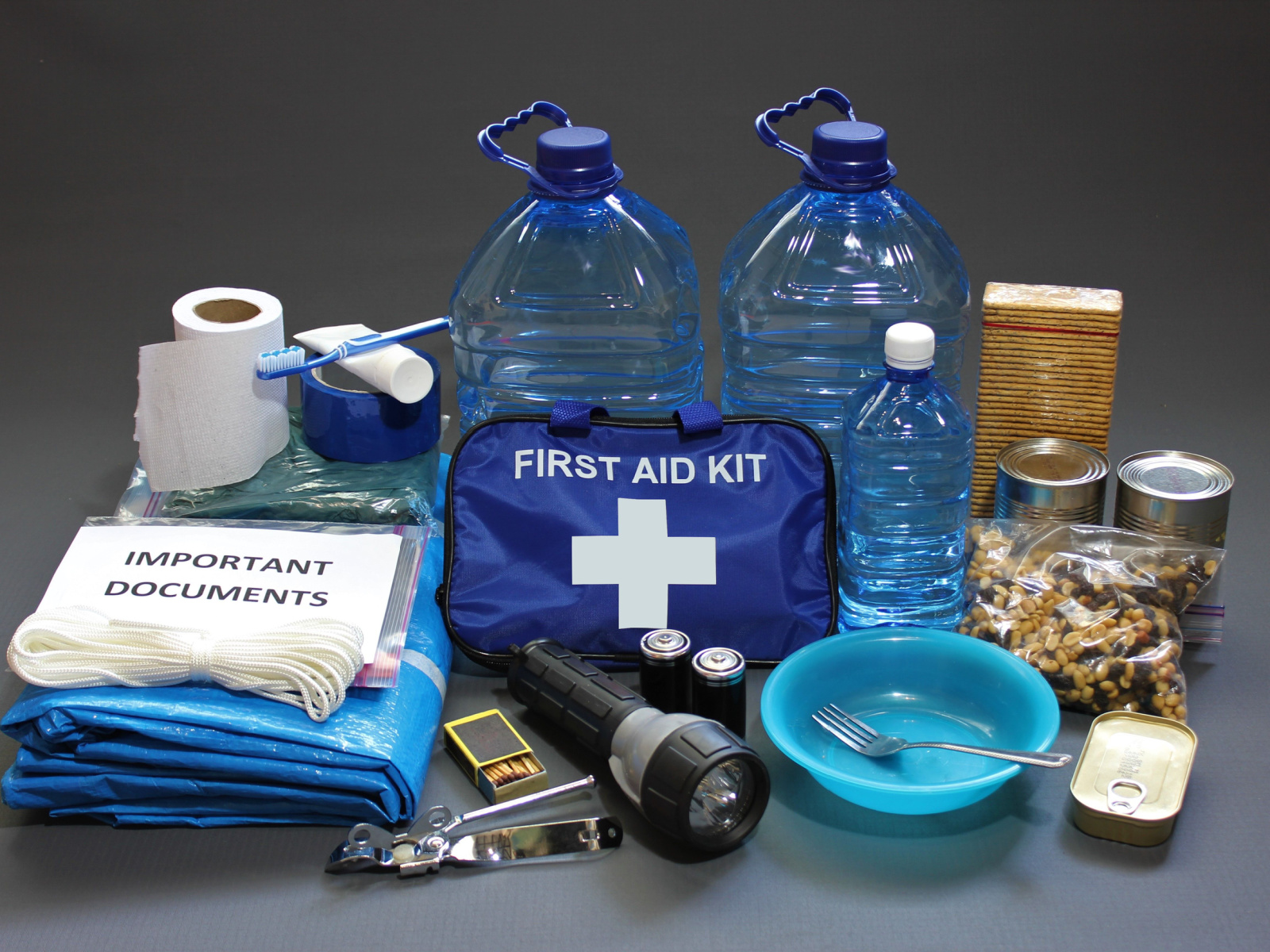
In an emergency scenario, knowing your options for safe drinking water is crucial. If your regular water supply is compromised or you’re just preparing for potential scenarios, understanding how to assess and use alternative water sources can be life-saving in a real-world emegency.
Assessing Alternative Water Sources

Before considering any water source, it’s vital to evaluate its safety. Start by checking bottled water supplies, which are the most reliable option for potable water. If this isn’t available, you may turn to tap water, provided it hasn’t been contaminated. Utilize resources like Google Earth to locate nearby natural water sources, but remember, these must be treated before consumption. Always include water storage as part of your emergency preparedness plan to ensure a steady supply when needed.
Swimming Pool as an Emergency Source
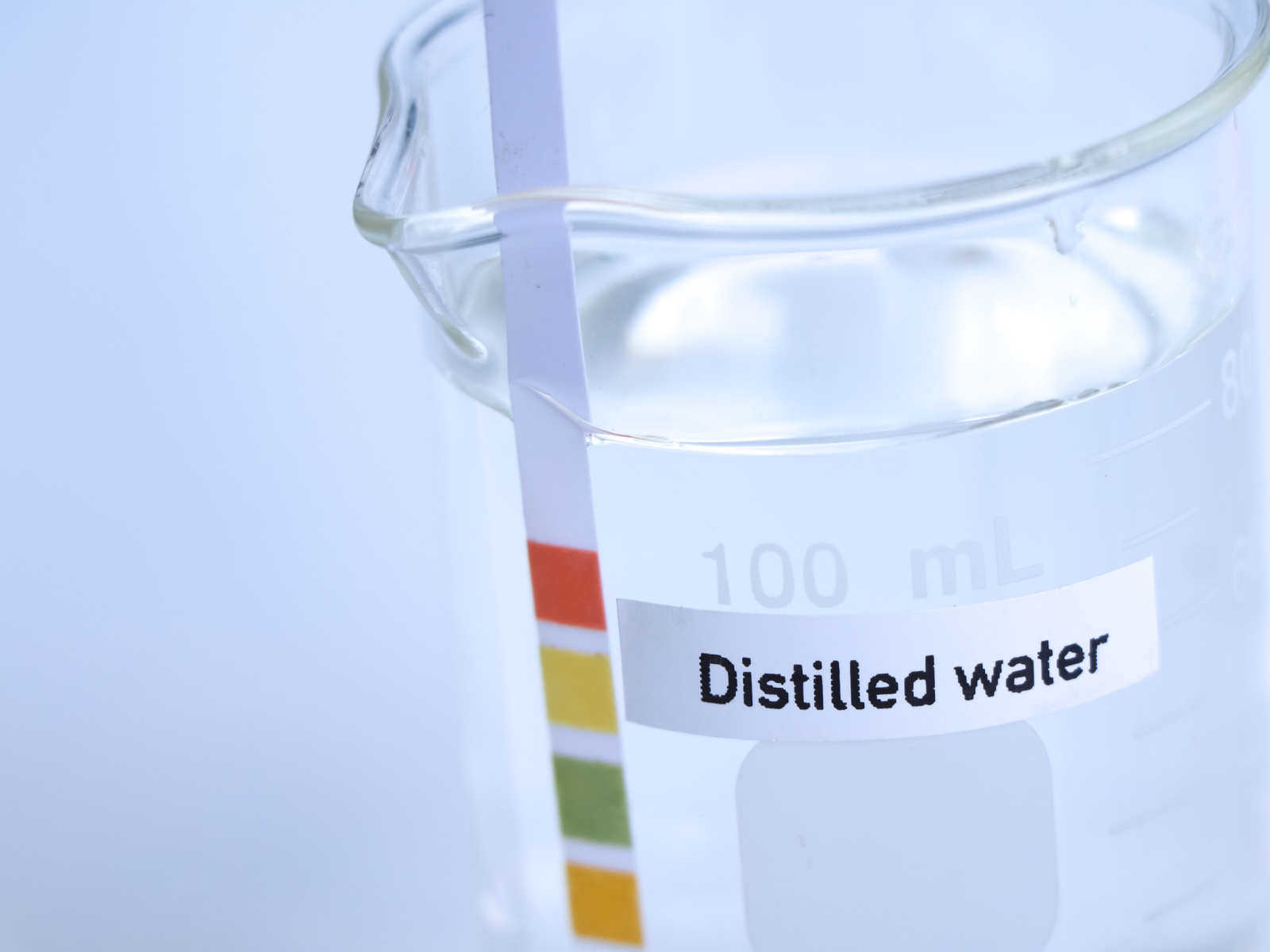
Swimming pools can serve as an emergency water source, but only in very specific circumstances. The water, typically treated with chemicals, requires proper handling to become safe drinking water. Firstly, avoid pools with high levels of chlorine or other harmful substances. If it’s your last resort, you can employ techniques like distillation or using a water filter to make pool water drinkable. However, this isn’t a substitute for a dedicated emergency preparedness strategy focused on maintaining a supply of intentionally stored, treated water.
Filtration Methods
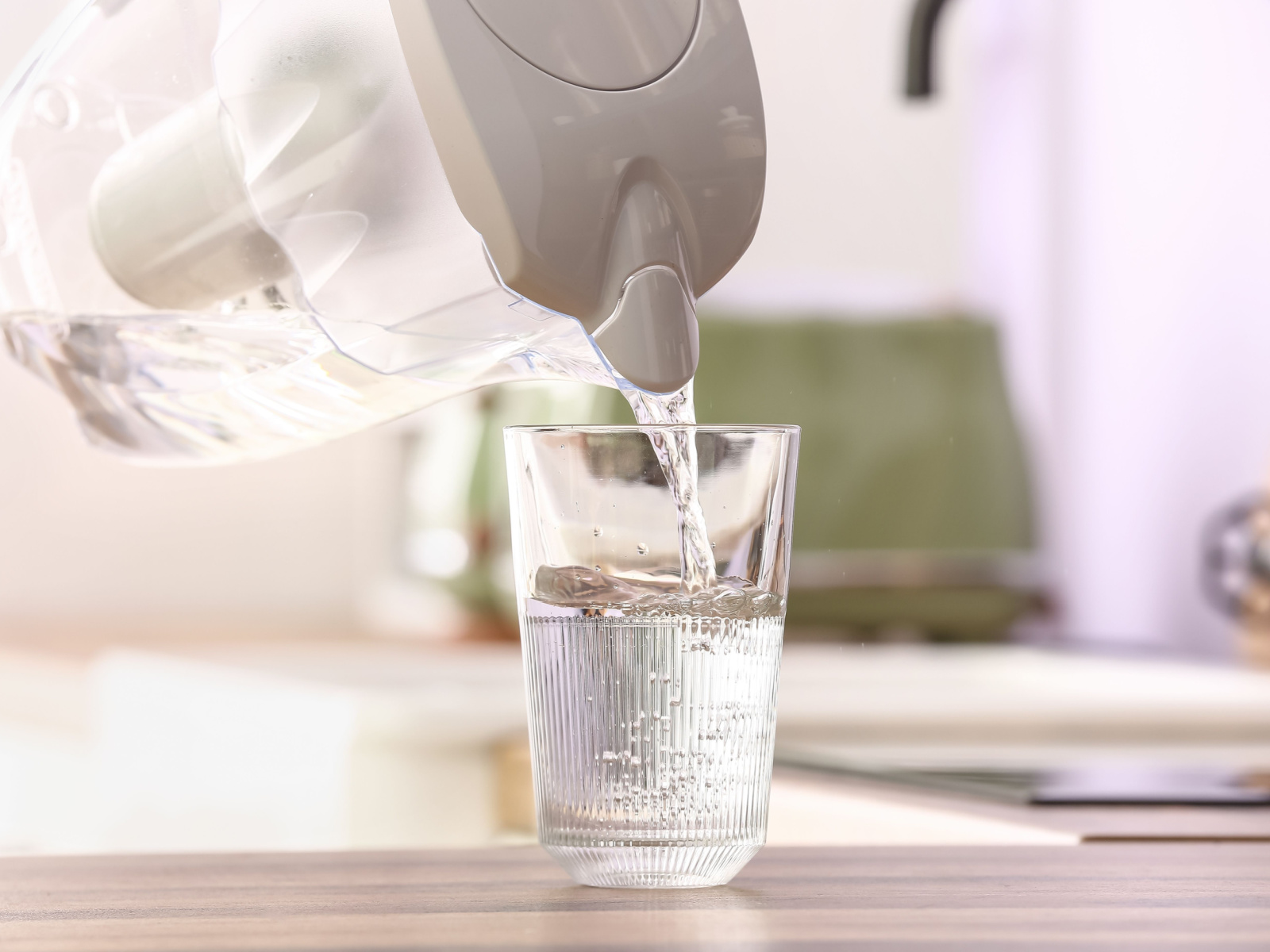
To remove debris and other particulates from pool water, start with a filter. Using items such as a clean cloth, coffee filter, or paper towel can serve as a preliminary step to sieve out larger particles. For more thorough filtration and water purification, consider portable water filters like LifeStraw, which have an absolute pore size small enough to filter pathogens from water. Commercially bottled water often goes through similar filtration processes, making them a safe alternative.
Disinfection Processes

After filtering, it’s essential to disinfect the water to eliminate microorganisms. UV rays can neutralize many pathogens if sunlight is abundant. However, chemical disinfectants, such as bleach (specifically sodium hypochlorite), iodine, and chlorine dioxide tablets, are more reliable.
To use bleach, add approximately 8 drops of 6% to 8.25% sodium hypochlorite per gallon of clear water. Always ensure the correct chlorine level; typically, 1-2 milliliters per liter is sufficient to purify pool water and make it safe to drink.
Boiling Water

Boiling water is a highly effective method to disinfect and purify swimming pool water. Bring the water to a rolling boil for at least one minute to kill most pathogens. If you’re at elevations above 6,500 feet (1981 meters), extend boiling time to three minutes.
Once cooled, transfer the water into sanitized containers to avoid recontamination. Remember, this process will not remove chemical contaminants, so it’s best used in conjunction with other methods for achieving clean water.
Preparing for Emergencies
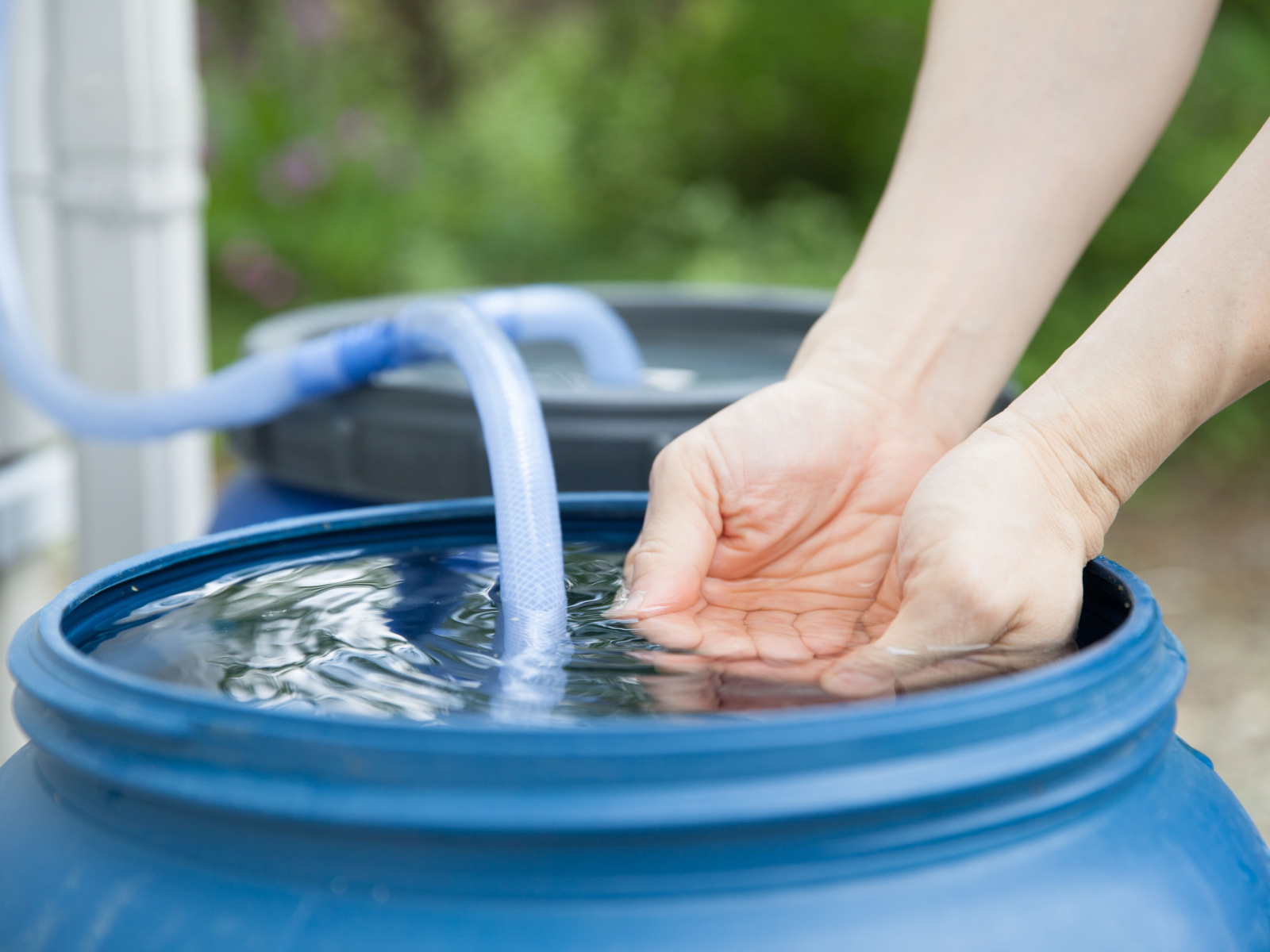
In an emergency, the water you have access to might be limited or contaminated. Being prepared means knowing how to properly store and maintain your water and having the necessary supplies for emergency disinfection.
Pool Water Storage and Maintenance

Your swimming pool can serve as a significant emergency water reserve. To ensure its water quality, maintain proper chlorine levels and balance the pH routinely. For saltwater pools, the salt cell should be kept clean to work effectively. In case of a boil water alert, you might need to rely on this water for tasks such as washing dishes or as a part of your water treatment system. Make sure you have a fuel-powered generator to run the pool’s pump and filtration system during power outages, as this will help keep the pool water in a better condition for longer periods.
Emergency Disinfection Supplies
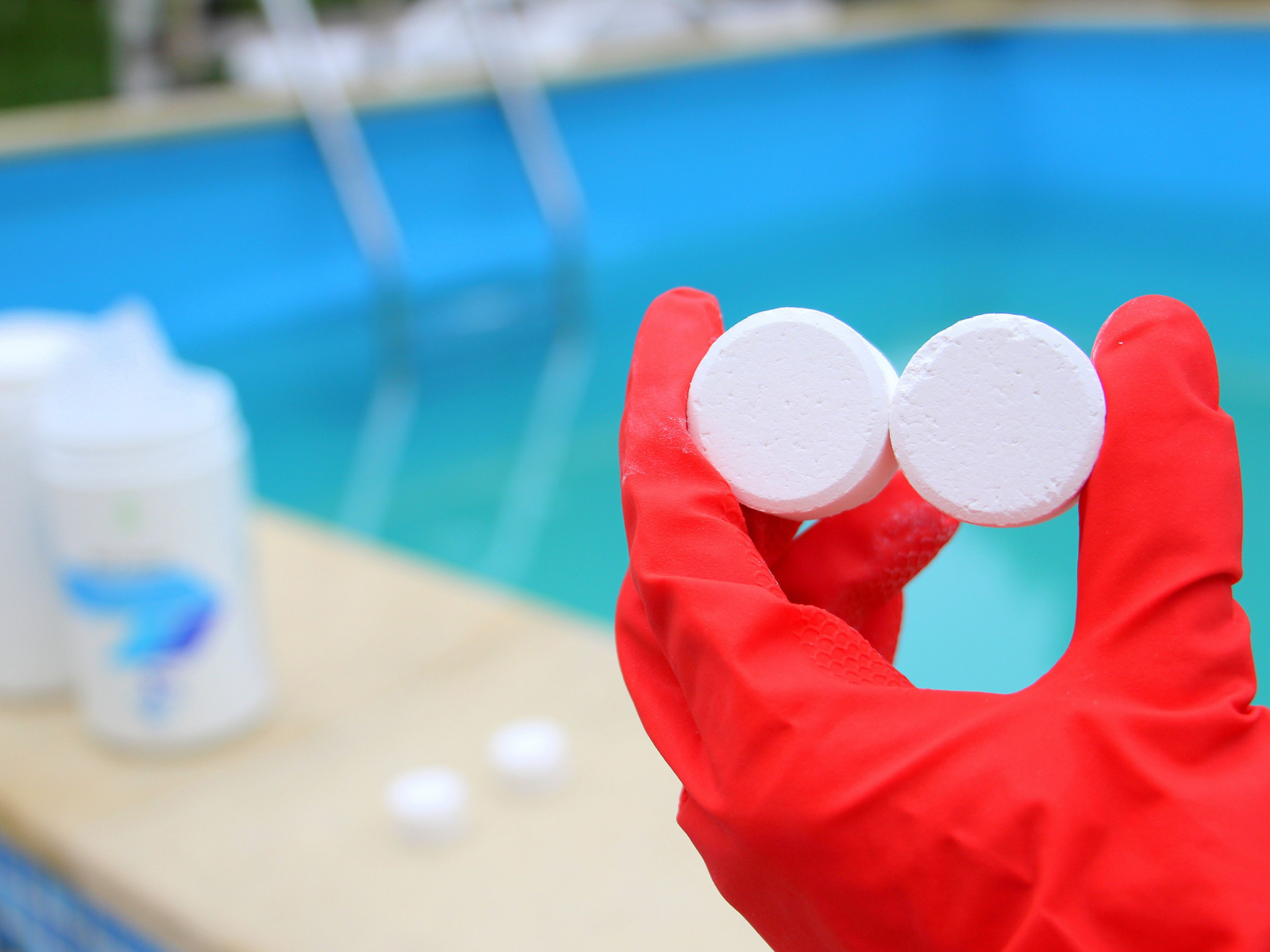
Have a supply of chlorine bleach on hand since it’s essential for water sanitation. Use a teaspoon to measure bleach for disinfecting small quantities of water. Always remember that disinfectants like bleach cannot fully purify water with contaminants such as heavy metals or pesticides. During a survival situation, know the procedures from sources like the CDC to use bleach correctly. Gather additional supplies like a scoop for handling and a pot for boiling water if needed. Be aware that boiling pool water will not remove chloramines and other chemical treatments but is effective against pathogens.
Safety Guidelines

In an emergency, you might consider drinking pool water, but it’s crucial to follow strict safety guidelines to reduce health risks and ensure the water is safe to drink.
Proper Dosage and Treatment

If you find yourself in a situation where you need to make pool water safe to drink, you’ll need to know the correct amount and kind of treatment to use. First, check the pH levels; they should be within safe limits (typically 7.2–7.8). To disinfect the water, you can use iodine or chlorine dioxide tablets.
The proper dosage is typically one tablet per quart or liter of water, but always follow the manufacturer’s instructions. Allow the treated water to stand covered for at least 30 minutes before drinking. Note that iodine treatment is not recommended for pregnant women or people with thyroid problems.
Avoiding Contamination
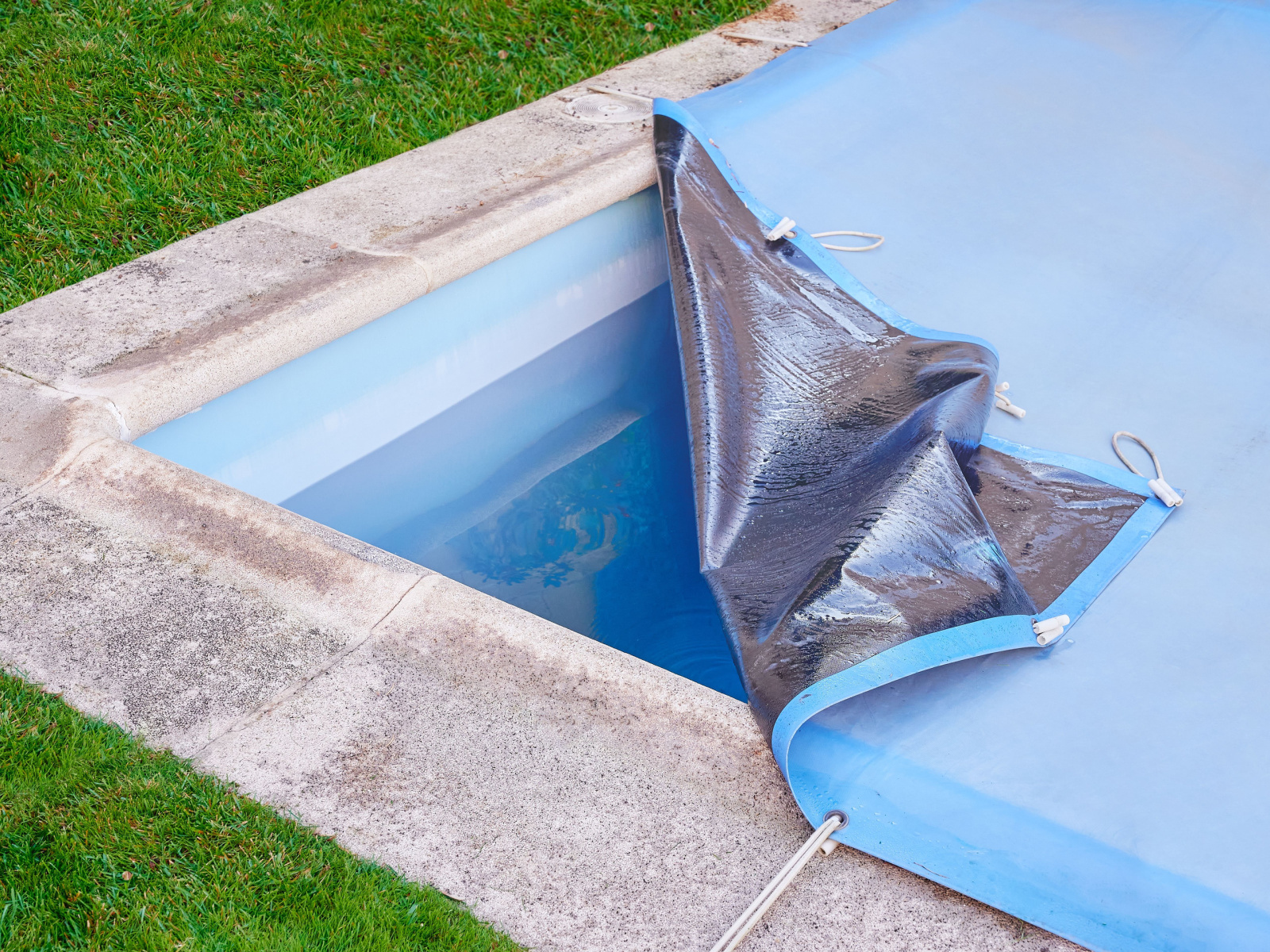
To avoid contaminating your pool water, always use a clean container for collection. Place a pool cover when not in use to prevent debris and animals from entering. If the pool water has a flat taste after treatment, pour it from one clean container to another several times.
Never drink water from pools that have been treated with saltwater systems without proper desalination. Avoid pools that have been exposed to heavy rainfall or direct sunlight, as these factors might degrade the chlorine protection and allow for microbial growth.
Alternative Measures
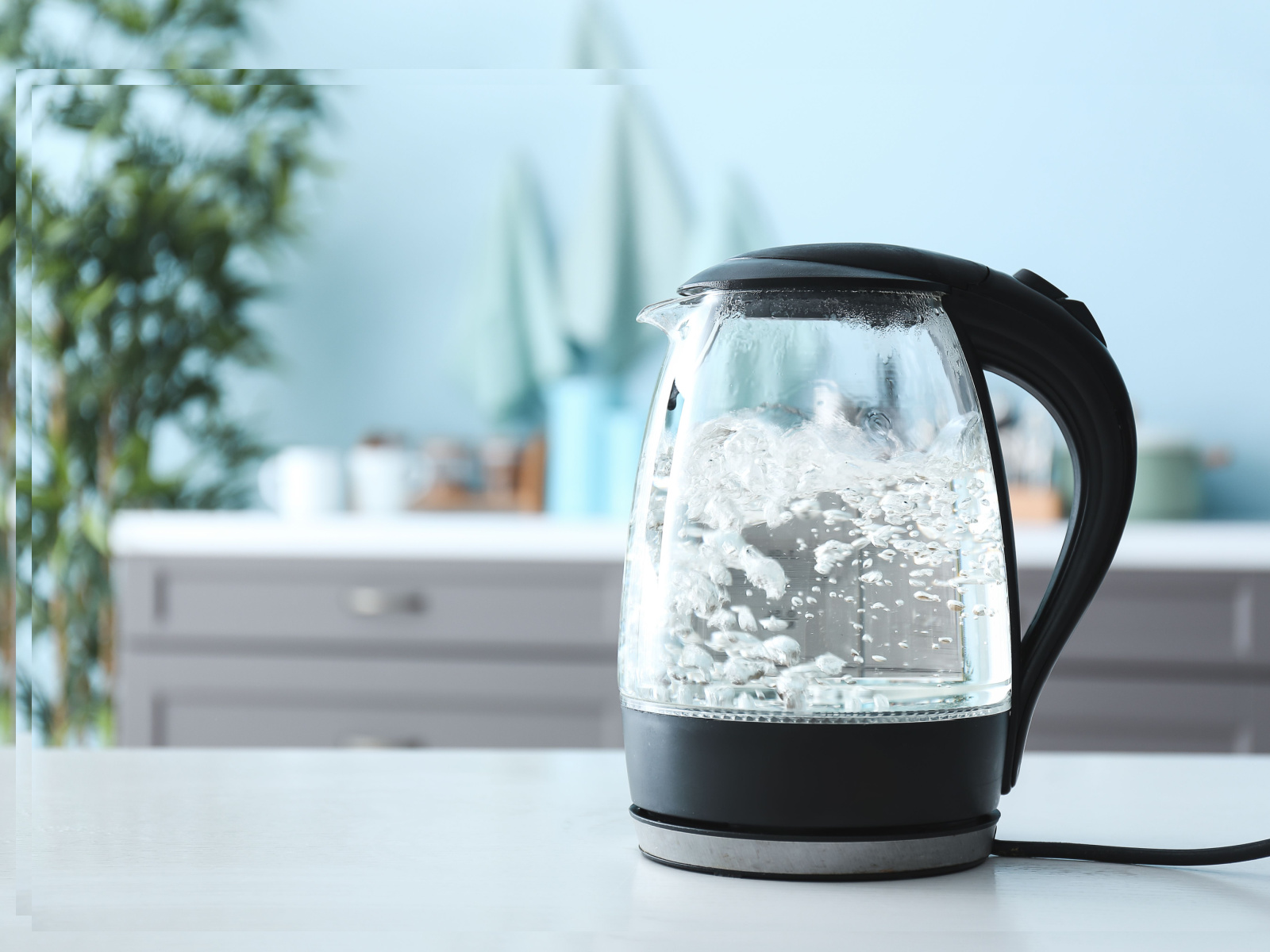
When pool water needs to be purified, consider boiling as a primary method; bringing water to a rolling boil for at least 1 minute kills most pathogens. In high altitudes, increase the time to 3 minutes. In the absence of chemical disinfectants, exposure to sunlight can help to reduce pathogens, but this should only be a last resort and might not be reliable. Always seek alternative safe water sources whenever possible to reduce the risk inherent in using treated recreational water for drinking.
Practical Considerations
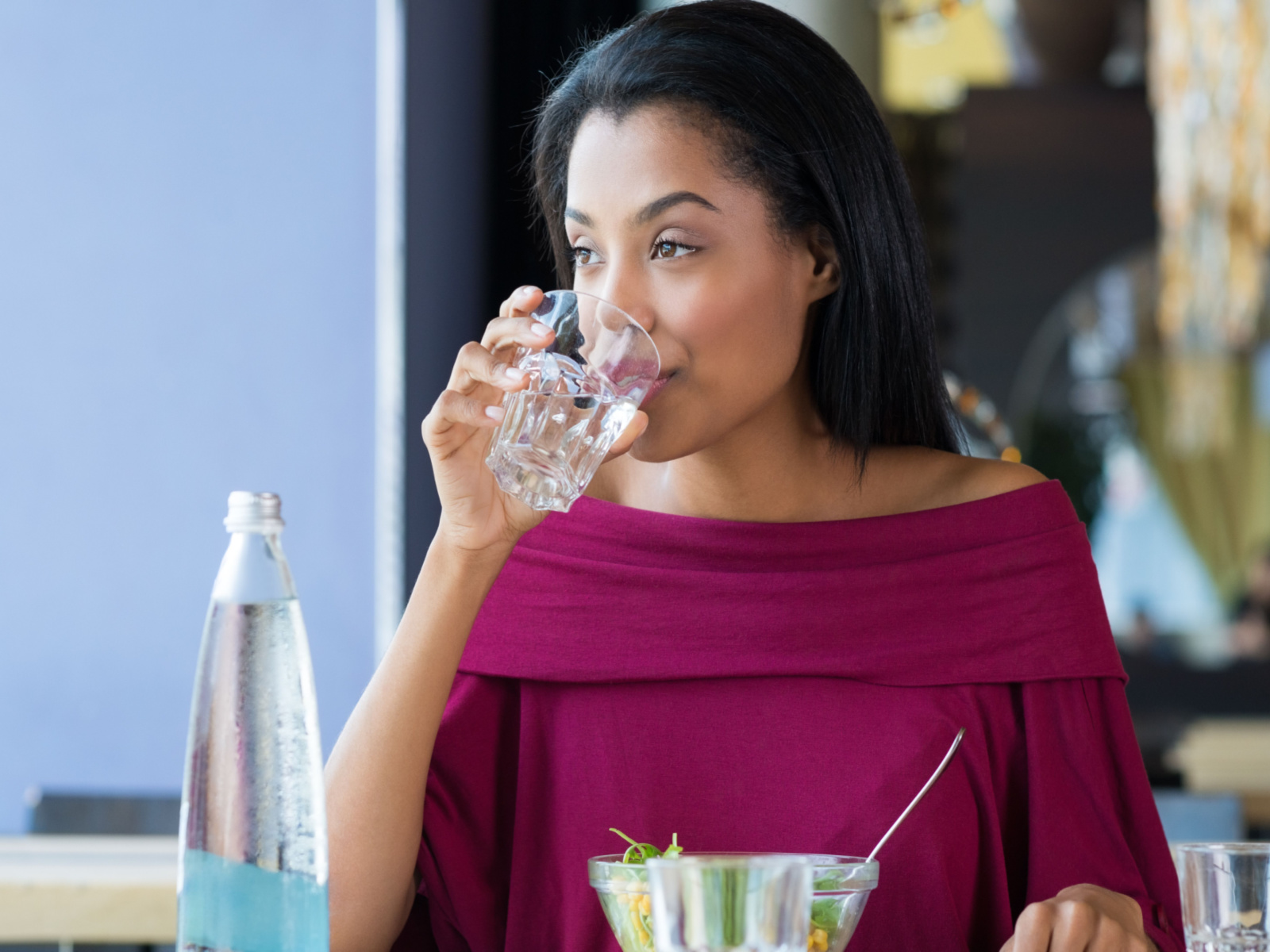
When considering pool water as an emergency drinking source, you need to address the volume of water consumption, the effects of contaminants on taste and odor, and the logistics of using your pool as a water reserve.
How Much Water to Drink

To maintain hydration, an adult typically requires about 3.7 liters (approximately 1 gallon) per day, though this can vary based on activity levels and environmental conditions. For example, hikers might need more due to increased exertion. If a pool is your source of water during an emergency, ensure you calculate your needs in gallons of water per person per day to ration effectively.
Dealing with Taste and Odor

While pool water may be chemically treated to be considered safe to drink, after purification, it might retain an off-putting taste or smell bad. You can mitigate this by aerating the water, which can improve the taste, or add a small pinch of salt per liter to enhance the flavor. Just be cautious of further chemical treatments that may be harmful to consume.
Resource Management
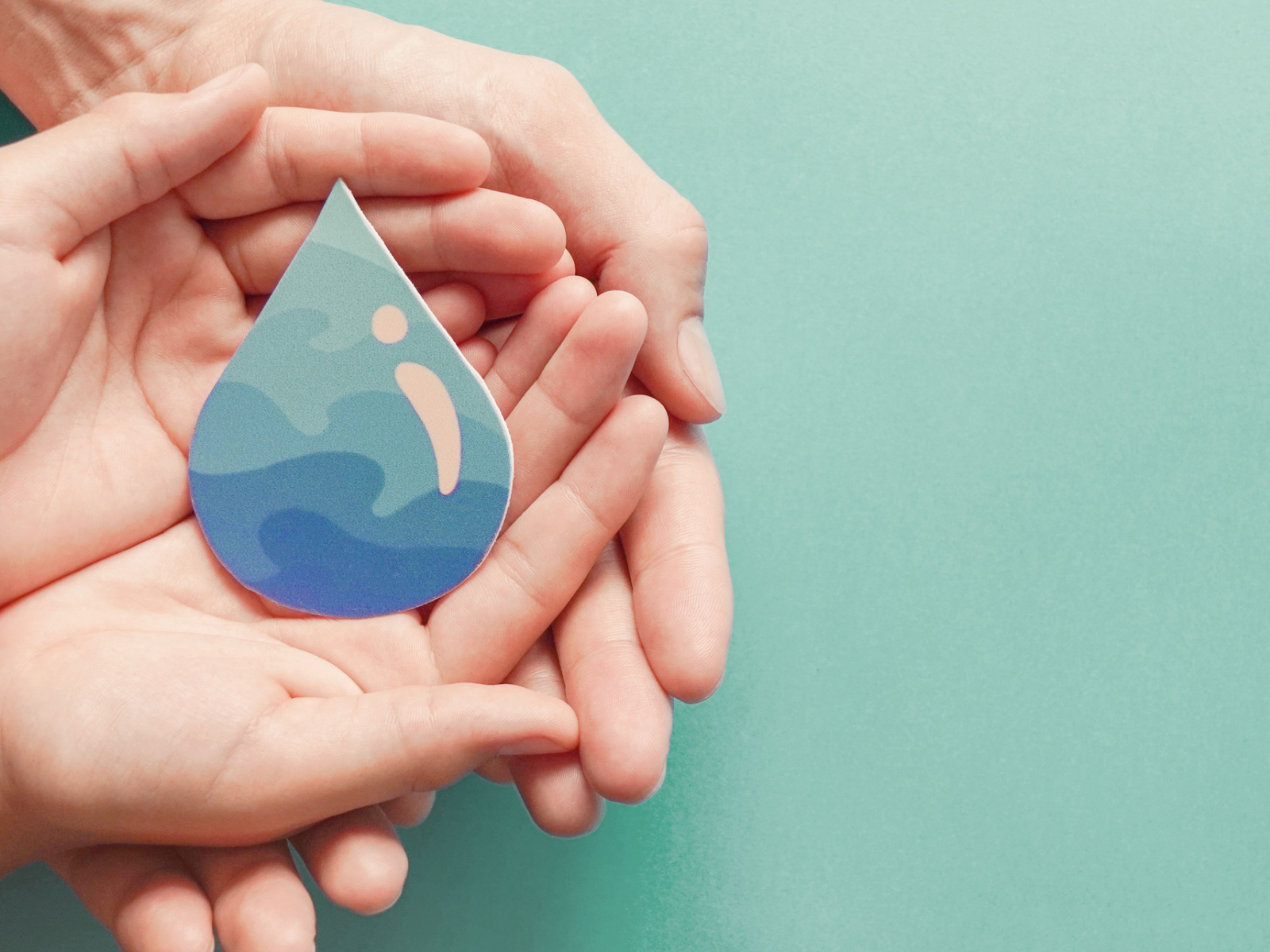
Relying on a pool as an emergency water source requires careful resource management. Conserve your available gallons of water by limiting other uses and prioritizing hydration and essential hygiene. Remember, drinking pool water should be a temporary solution, and you should still try to find a more sustainable source of water as soon as possible.
What methods are available to purify swimming pool water for consumption?

Several methods to purify pool water include using household bleach, water purification tablets, or UV light sterilization. Filters designed to remove chemicals can also be used.
How effective is boiling swimming pool water to make it safe for drinking?
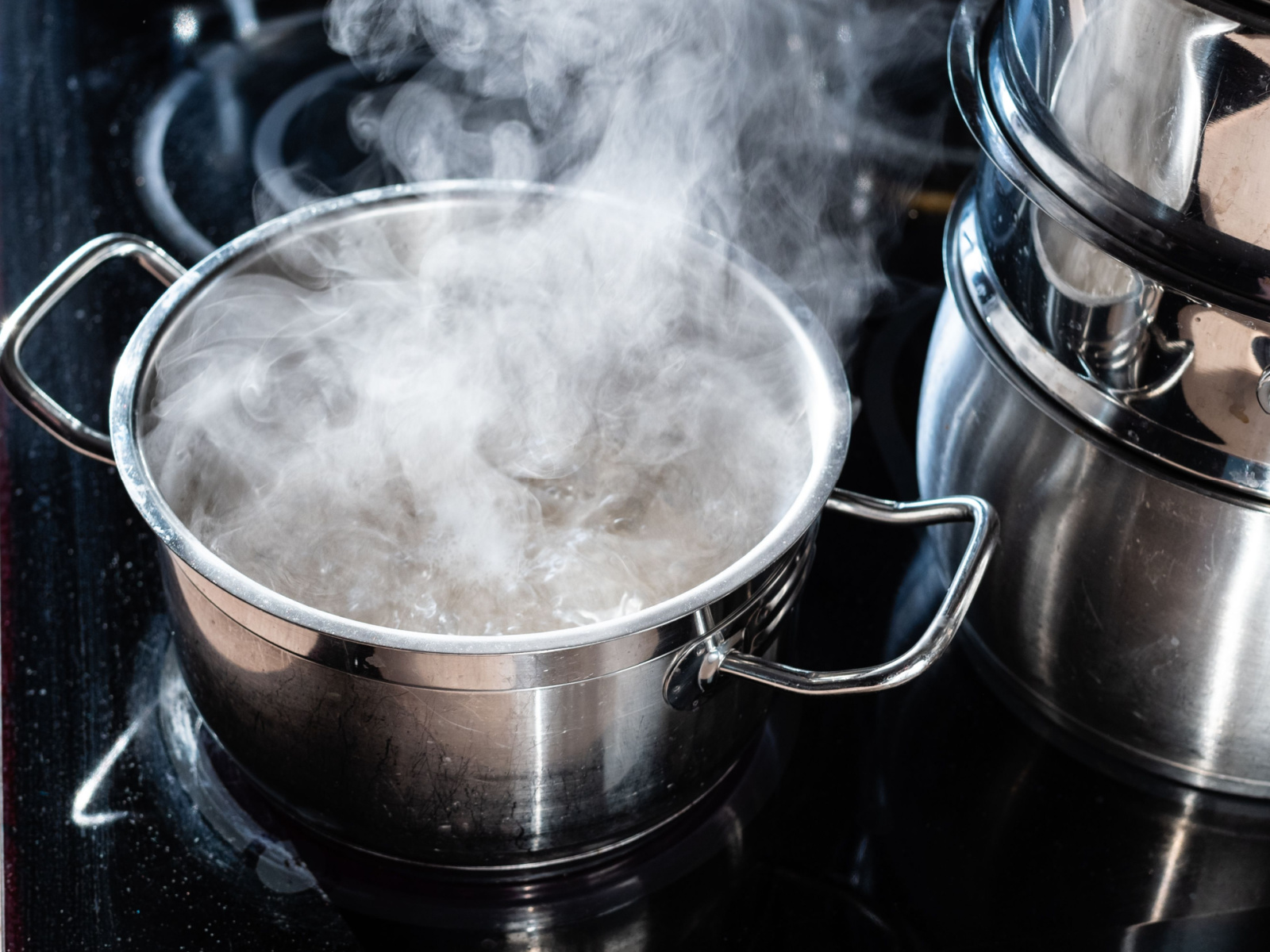
Boiling water from swimming pools can eliminate bacteria and viruses, but it does not remove chemical contaminants. Hence, boiling is not entirely effective in making pool water safe to drink.
What are the health risks associated with drinking water from swimming pools?

Drinking untreated or improperly treated water from swimming pools can expose you to harmful chemicals and microorganisms, leading to digestive issues, chemical poisoning, and other health risks.
How can pool chlorine levels be adjusted to make the water safe for drinking?
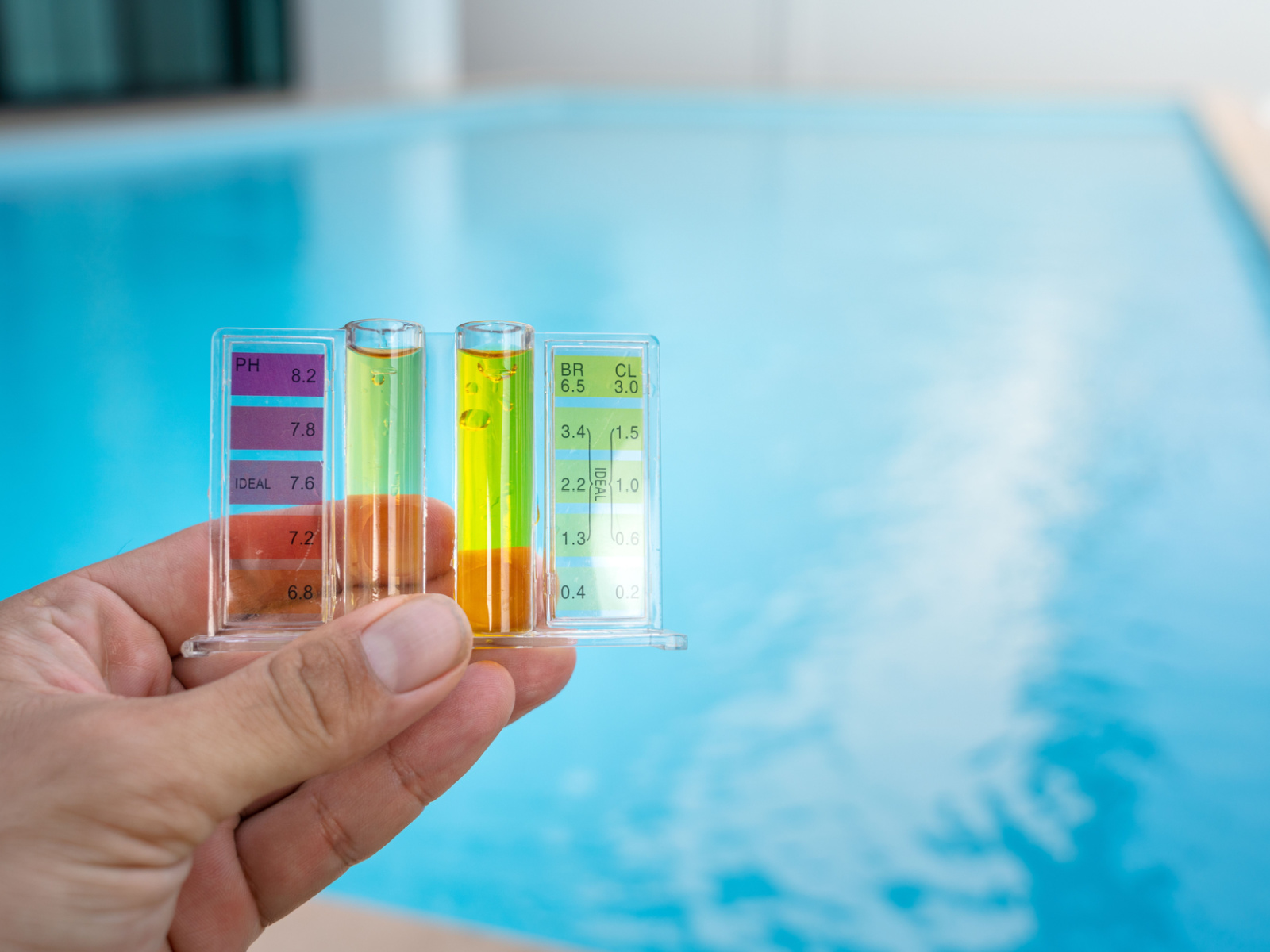
To adjust pool chlorine levels, you must first stop adding chlorine and allow the existing chlorine to dissipate over time. Using a chemical neutralizer is another option, but achieving safe drinking levels requires careful measurement.
Which filtration systems are capable of treating swimming pool water for drinking purposes?
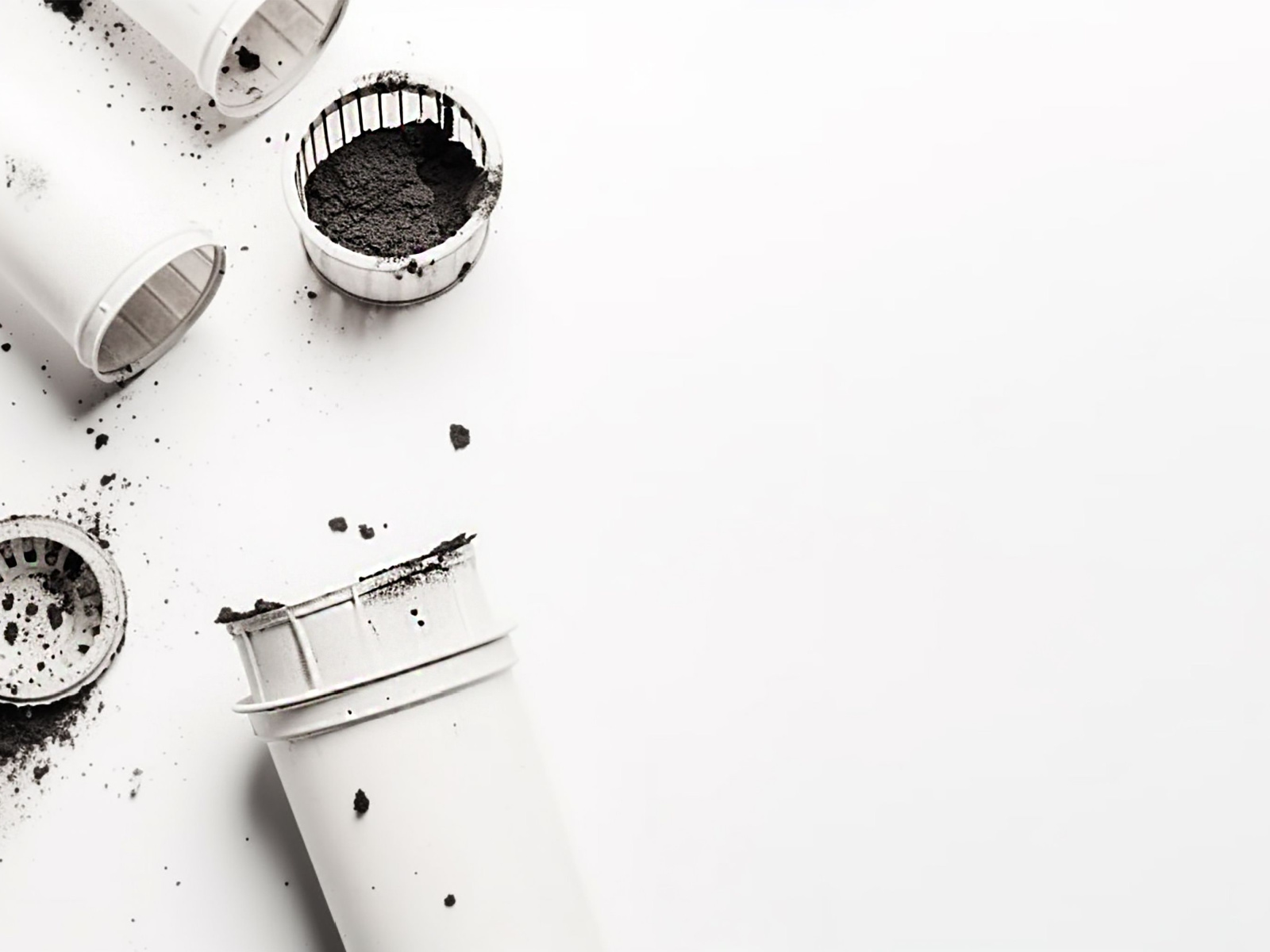
Filtration systems like reverse osmosis and activated carbon filters are effective at treating swimming pool water for drinking. They can remove many of the chemical impurities present.
What steps are required to convert salt water from pools into potable water?

To convert salt water from pools, you’ll need to use a desalination process, such as reverse osmosis or distillation. This will remove the salt and other impurities to make the water suitable for drinking.
20 Crucial Supplies for Surviving a Societal Collapse
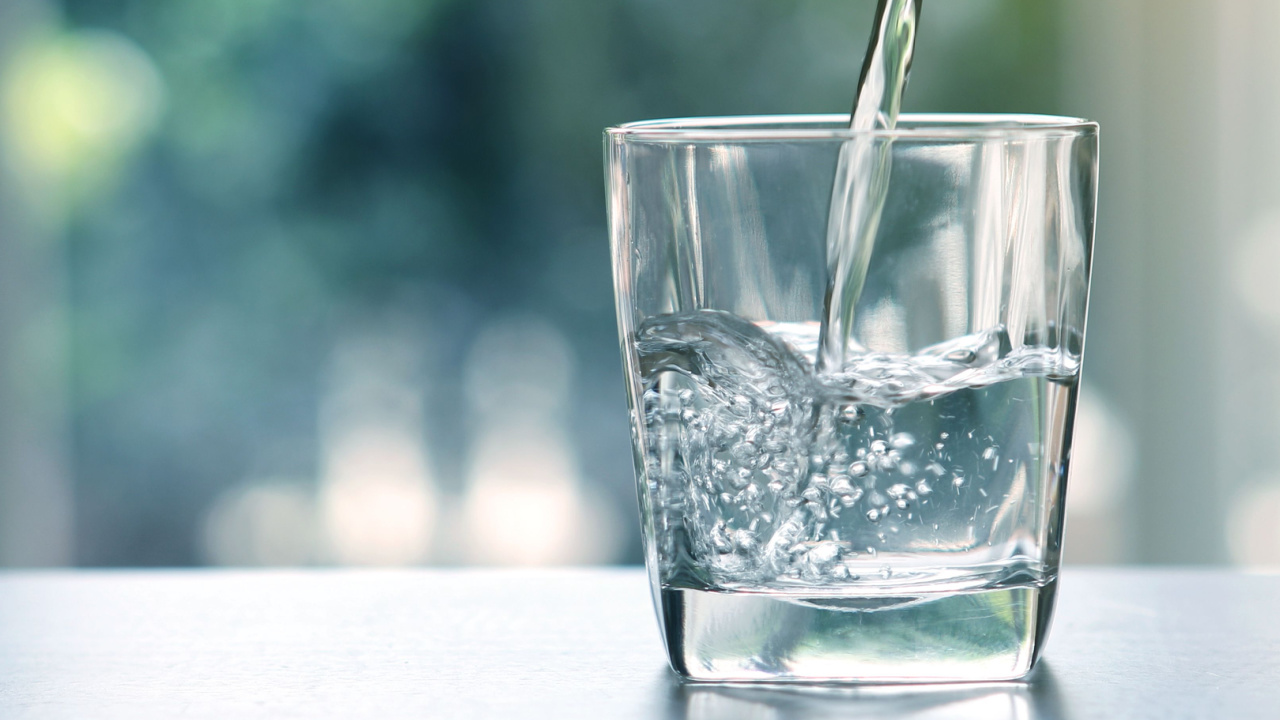
In the face of uncertainty, being well-prepared gives you at least some degree of control and security. The thought of a societal collapse, while extreme, prompts us to consider how we might endure without the conveniences of our current lifestyle. Here’s a list of 20 essential items that could prove indispensable in such a scenario. This guide isn’t about succumbing to fear but embracing preparedness and resilience.
14 Essential Canned Goods for Your Emergency Pantry
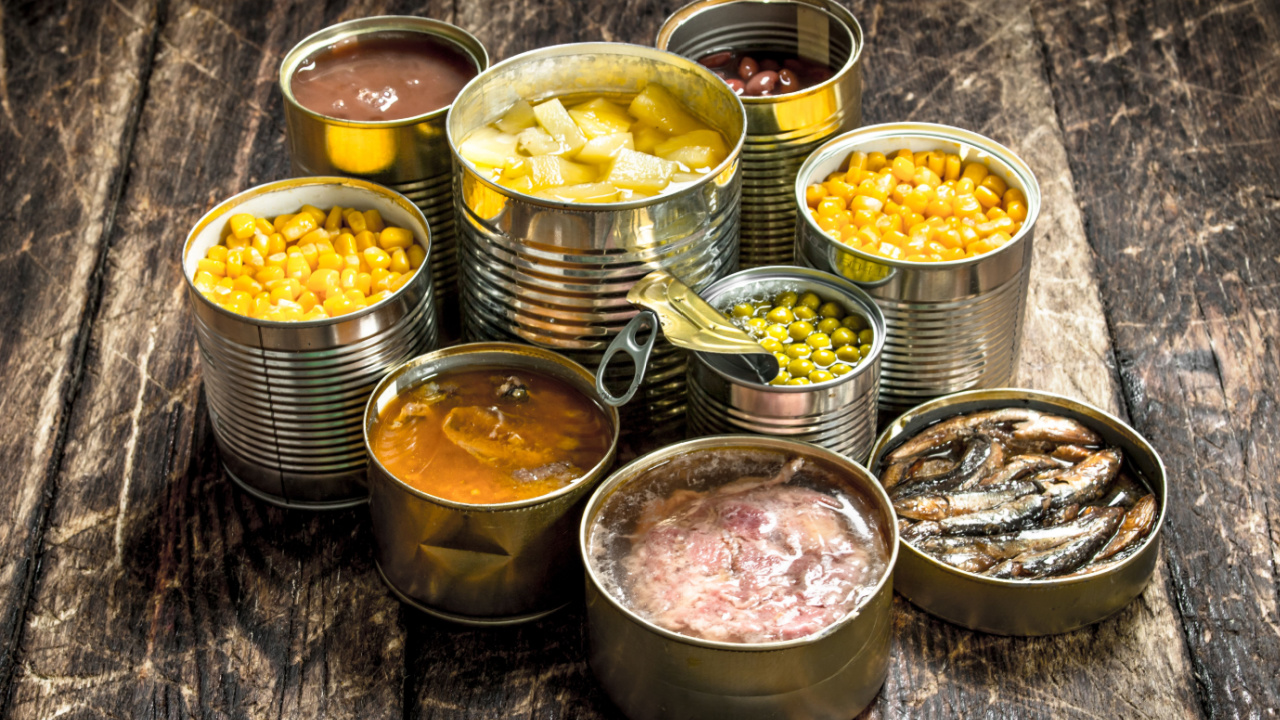
I firmly believe in keeping a well-stocked emergency pantry. While fresh food is ideal, in a survival situation, we may not be that lucky. So, for my family, even though we grow a lot of our own food, canned goods play a crucial role in emergency preparedness. They offer a reliable source of nutrition when access to fresh produce may be limited. The goods you stockpile should be affordable, easy to store, and full of nutrition.
Best Regions in the U.S. to Escape to When Society Collapses
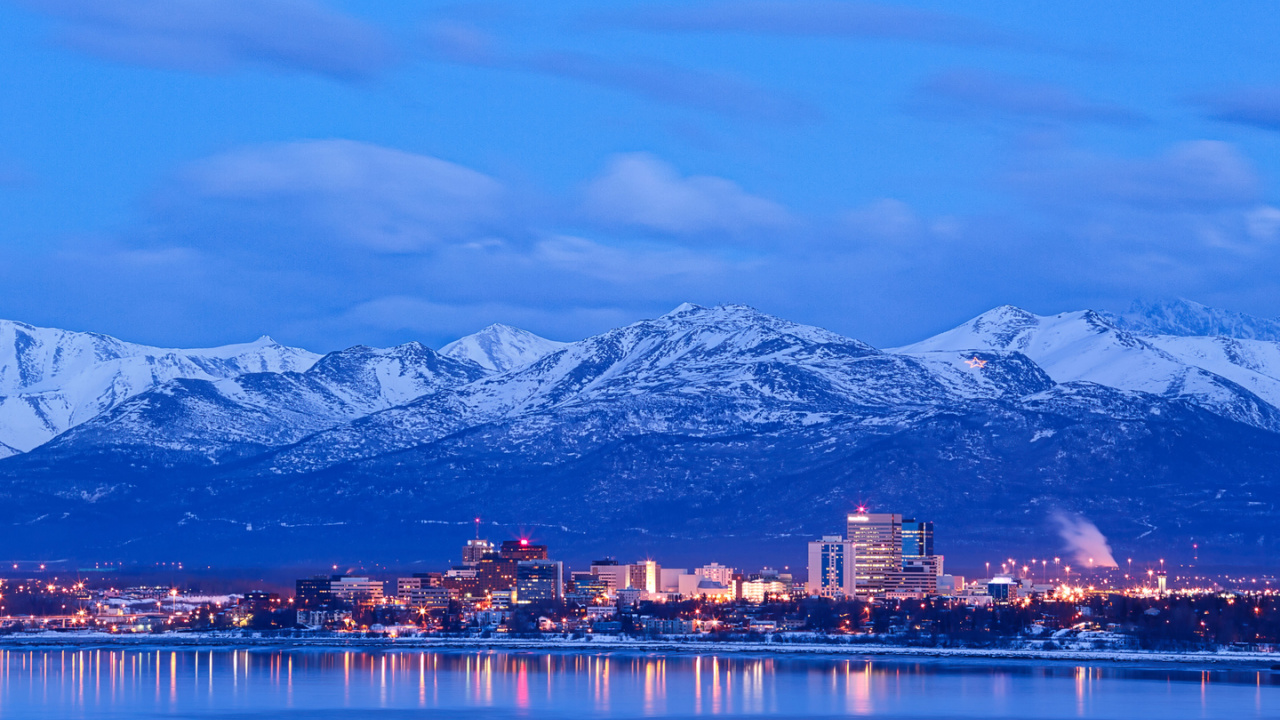
Choosing a refuge in the event of societal collapse involves weighing the pros and cons of each location against your personal preparedness goals and abilities. Whether you’re drawn to the solitude of the desert or the protective heights of the mountains, the key is finding a place that offers safety and the opportunity for growth and renewal.
Katy Willis is a writer, lifelong homesteader, and master herbalist, master gardener, and canine nutritionist. Katy is a preparedness expert and modern homesteader practicing everyday preparedness, sustainability, and a holistic lifestyle.
She knows how important it is to be prepared for whatever life throws at you, because you just never know what's coming. And preparedness helps you give your family the best chance to thrive in any situation.
Katy is passionate about living naturally, growing food, keeping livestock, foraging, and making and using herbal remedies. Katy is an experienced herbalist and a member of the CMA (Complementary Medical Association).
Her preparedness skills go beyond just being "ready", she's ready to survive the initial disaster, and thrive afterward, too. She grows 100% organic food on roughly 15 acres and raises goats, chickens, and ducks. She also lovingly tends her orchard, where she grows many different fruit trees. And, because she likes to know exactly what she's feeding her family, she's a seasoned from-scratch cook and gluten-free baker.
Katy teaches foraging and environmental education classes, too, including self-sufficient living, modern homesteading, seed saving, and organic vegetable gardening.
Katy helps others learn forgotten skills, including basic survival skills and self-reliance.
She's been published on sites such as MSN, Angi, Home Advisor, Family Handyman, Wealth of Geeks, Readers Digest, and more.
